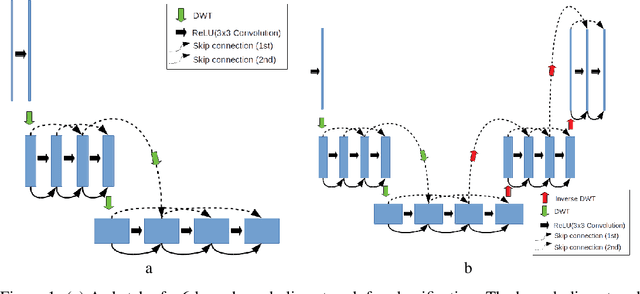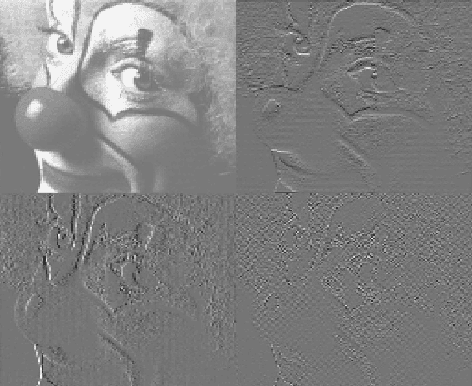Fully Hyperbolic Convolutional Neural Networks
Paper and Code
May 24, 2019



Convolutional Neural Networks (CNN) have recently seen tremendous success in various computer vision tasks. However, their application to problems with high dimensional input and output has been limited by two factors. First, in the training stage, it is necessary to store network activations for back propagation. Second, in the inference stage, a few copies of the image are typically stored to be concatenated to other network states deeper in the network. In these settings, the memory requirements associated with storing activations can exceed what is feasible with current hardware. For the problem of image classification, reversible architectures have been proposed that allow one to recalculate activations in the backwards pass instead of storing them, however, such networks do not perform well for problems such as segmentation. Furthermore, currently only block reversible networks have been possible because pooling operations are not reversible. Motivated by the propagation of signals over physical networks, that are governed by the hyperbolic Telegraph equation, in this work we introduce a fully conservative hyperbolic network for problems with high dimensional input and output. We introduce a coarsening operation that allows completely reversible CNNs by using the Discrete Wavelet Transform and its inverse to both coarsen and interpolate the network state and change the number of channels. This means that during training we do not need to store the activations from the forward pass, and can train arbitrarily deep or wide networks. Furthermore, our network has a much lower memory footprint for inference. We show that we are able to achieve results comparable to the state of the art in image classification, depth estimation, and semantic segmentation, with a much lower memory footprint.
 Add to Chrome
Add to Chrome Add to Firefox
Add to Firefox Add to Edge
Add to Edge